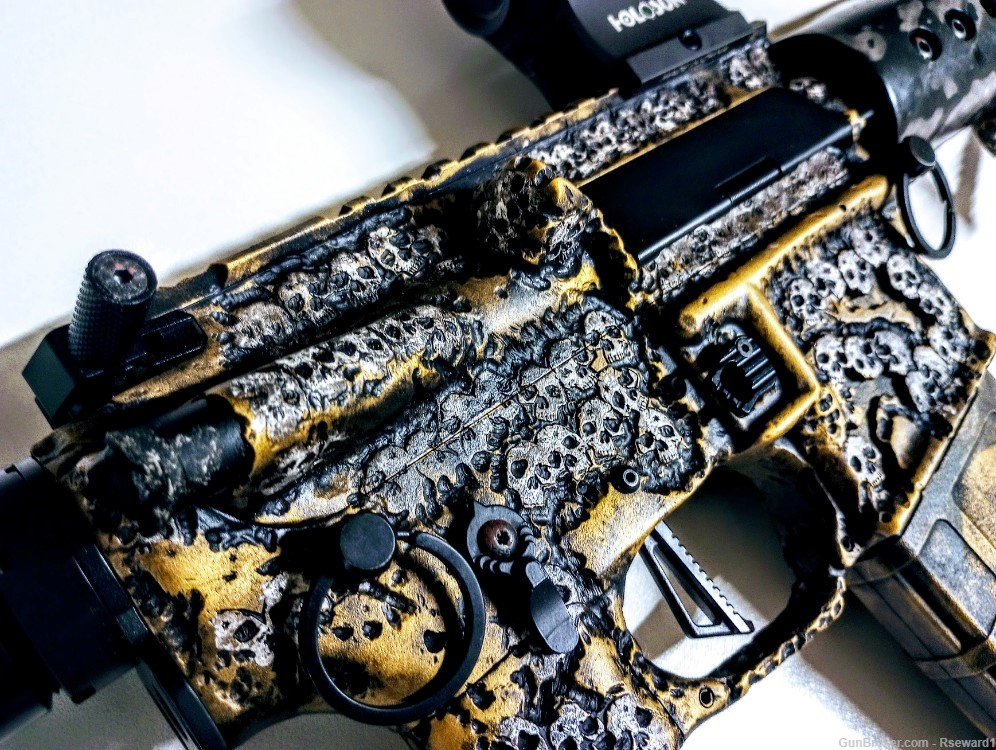Category: The Horror!

As a dad I really cannot even imagine the agony of losing a child. The imagery of the aftermath of a school shooting is compelling beyond reason. In the face of such breathtaking tragedy, everybody everywhere wants to do something constructive to make it stop. However, effectively quelling such an egregious horror is a Gordian problem in the modern age.
Leftists apparently live in this surreal twilight zone. The most vocal among them believe that schools are safe spaces that can be made somehow miraculously free from violence solely by means of some fresh new legislative dictum. I want that, too. However, I also want to wake up every morning to a pile of gold nuggets sitting on my doorstep. Just because I want something a lot won’t make it so.
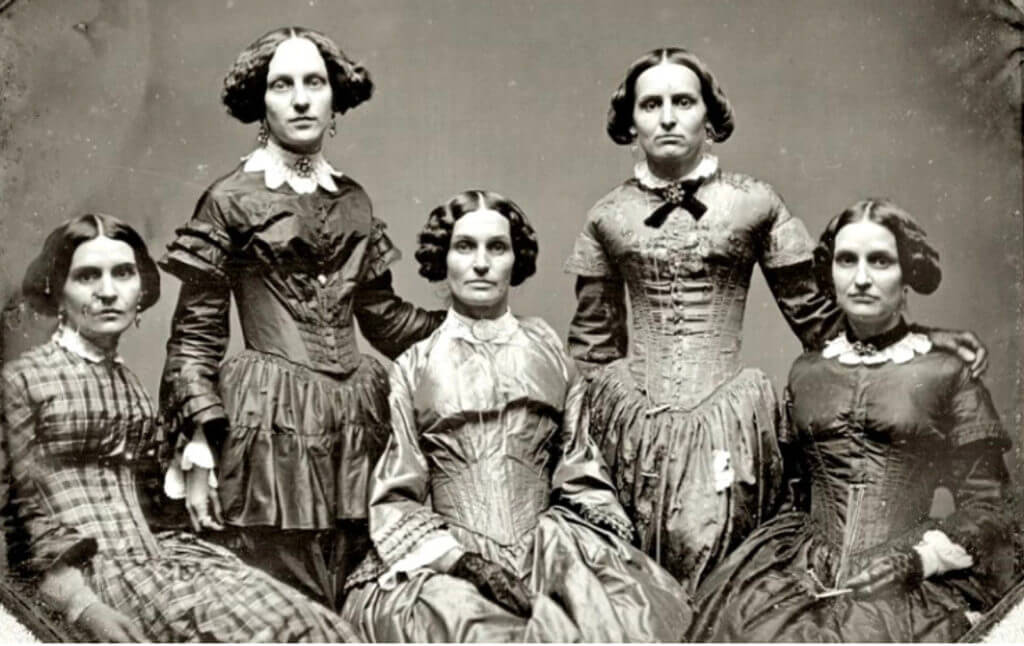
History’s Statistics On School Shootings
Schools have never been safe spaces. They just aren’t. There were three recorded school shootings in the 1850’s and another five in the decade that followed. The 1870s saw seven, while the 1880s had ten. Do you detect a trend?
By the 1970’s that number was up to 42. In the 1980’s there were 62. The 1990s had 99, and much of that was under an assault weapons ban. We endured a total of 298 school shooting episodes in the 20th century.
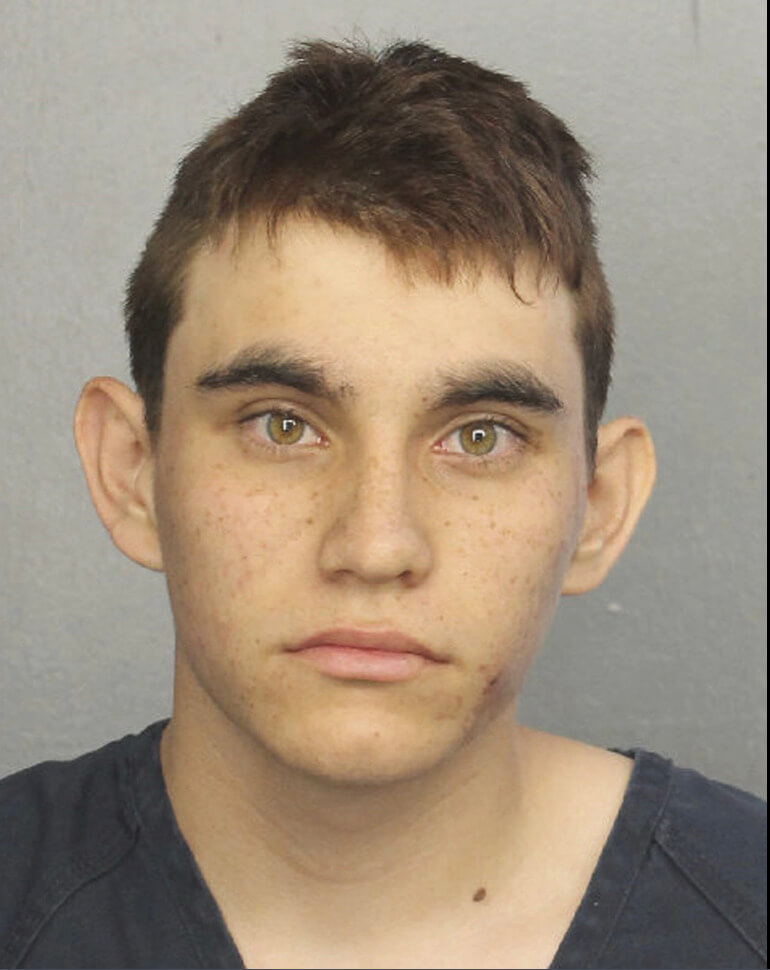
In the first decade of the new millennium, the number actually dropped to 80. However, we jumped to 252 in the 2010s. Thus far three years into the 2020’s we have had a further 133. Why is that exactly?
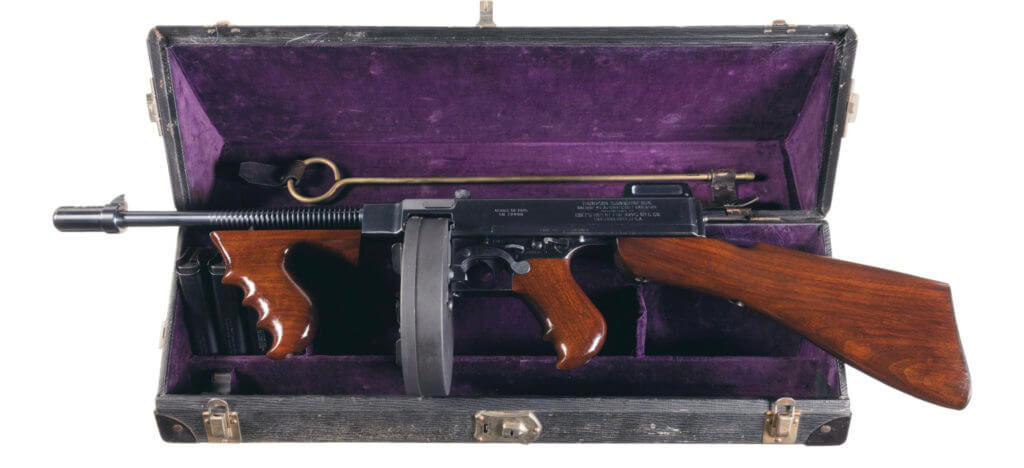
It’s not the gun, it’s the people
America is awash in guns, but America has always been awash in guns. Prior to 1934, there were literally no limits on the firearms you could own. Individual citizens could mount a cannon in their front yard or pick up a Thompson submachine gun at their local hardware store over the counter, cash and carry. It’s not the availability of guns. I would posit that today’s problem is the people.
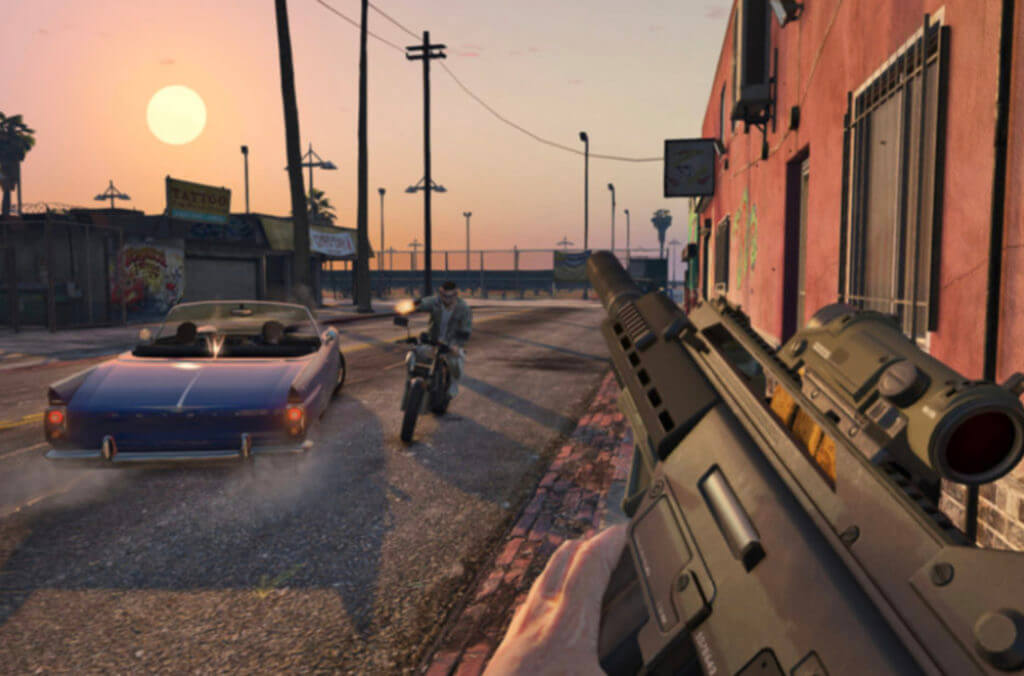
The skyrocketing rates of school violence tend to follow our enlightenment as a society. Movies and video games have grown ever more violent. Murder or rape somebody in the real world and there are legal and moral consequences. However, watching murder or rape on the big screen or on your television is simply entertainment. There’s something intellectually incongruous about that.
At the same time, our society has steadily cheapened human life. Rates of abortion exploded after Roe vs Wade in 1973 (63 million in total to date), and now ten of our fifty states have legalized assisted suicide. Not debating the rightness or wrongness of those things in this venue. Simply observing a temporal correlation.
Plummeting Farther
We have also vigorously excised God from our schools and public spaces. As church attendance has plummeted, random violence and generally poor citizenship have exploded. Just as the absence of light is dark, the absence of God is godlessness. I suggest we might just be getting what we asked for.
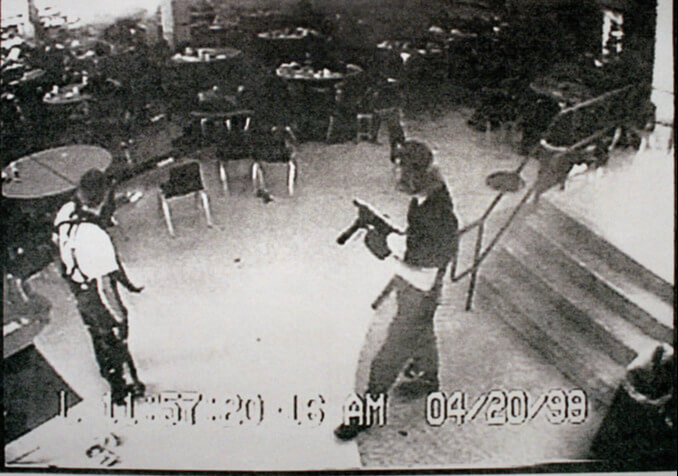
The media would have you believe that the scourge of the school shootings perhaps began with Columbine. Back in 1999, Eric Harris and Dylan Klebold traipsed into Columbine High School with a TEC-9, a Hi-Point 9mm carbine, an illegal sawed-off shotgun, 99 explosive devices, and four knives and proceeded to slaughter thirteen innocent people.
Those two freaking monsters will have all of eternity to atone for their crimes. However, Columbine wasn’t even close to when it all started. The Alpha school shooting took place in Franklin County, Pennsylvania, on 26 July 1764. Twelve years before we even became a nation, we had already had our first school massacre. Were I pressed to divine an explanation it would simply be that people are horrible.
The Setting of That First School Shooting
The American colonies in the mid to late-18th century were literally unrecognizable from what we enjoy today. The central government hailed from London, and what there was of civilized America was populated by rugged individualists who knew both hard work and discipline. As those early Europeans were busy carving a new homeland out of territory previously occupied by a wide variety of Native American tribes, conflict was inevitable. What follows was one of the most infamous events of what historians call Pontiac’s War.
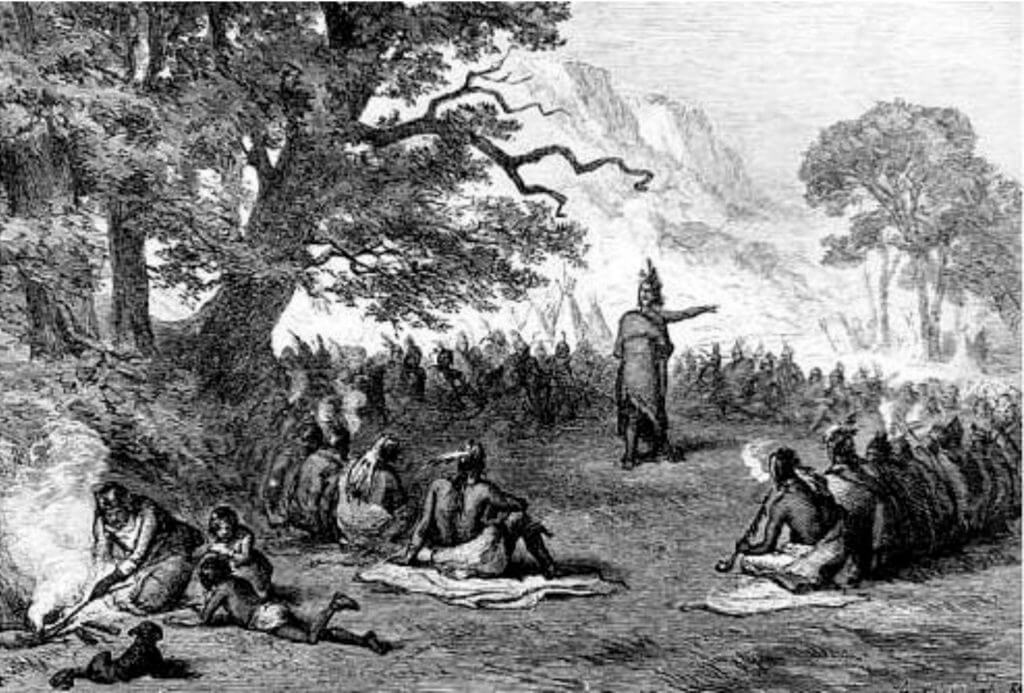
The French and Indian War had wrapped up the previous year, yet few of the participants were really thrilled with the outcome. A loose confederation of Native American tribes centered around the Great Lakes banded together to drive the British out of their lands. Recall that back then most of who we might view as Americans were loyal subjects of the British crown.
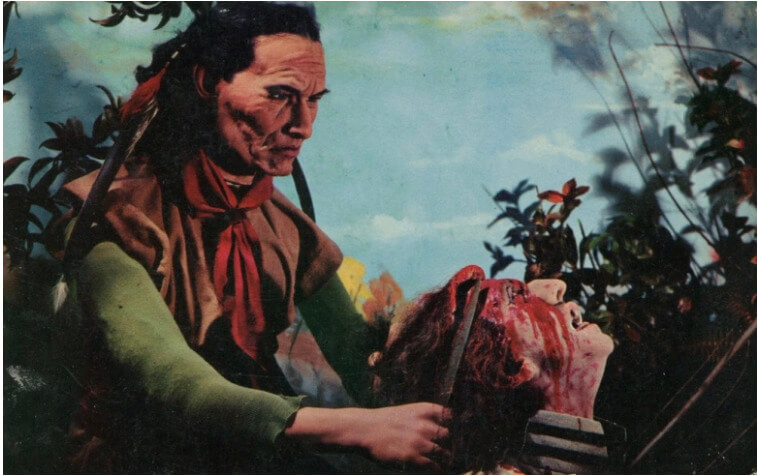
The Reality
It is tough for us modern folk to appreciate just how brutal things were during this time. History has sanitized much of the horror from the narrative, but there was more than enough atrocity to go around on both sides. The Indians kicked off this particular party by attacking British forts and murdering or enslaving hundreds of colonists. Prisoners were routinely killed, and the line between civilian and soldier seemed forever blurred. Along the way, both sides developed a white-hot hatred of the other. As has been the case since the very dawn of human history, humanity fractionated by race and each side slaughtered the other wholesale.
Being captured by the natives was all but unthinkable. Their capacity for torture was limited solely by the technology of the day. During one engagement while Fort Pitt was besieged by Native American warriors, British officers tried to infect the Indians with smallpox by means of contaminated blankets. Such biological warfare would be condemned in the strongest terms by most of the planet today. Back then it was just part of doing business.
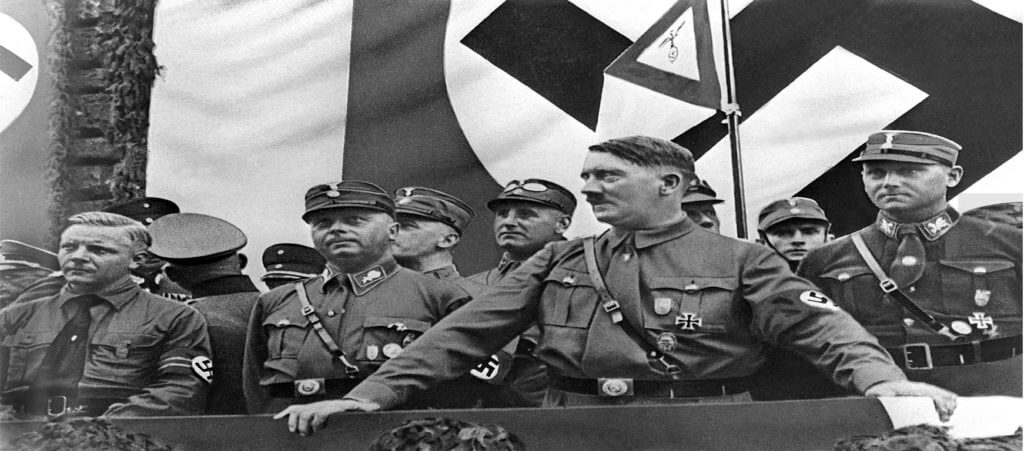
The end result was a bloodbath. This raging venom drove those involved to some terribly dark places. One of those dark places was a schoolhouse in what is Newcastle, Pennsylvania, today.
The Massacre
The carnage began the day before when four Delaware Indian braves encountered a pregnant white woman named Susan King Cunningham out walking alone. They clubbed her to death and then cut the fetus from her womb. The Indians later passed by the occupied home of a widow woman who had her windows boarded up against the weather. Presuming the house to be vacant they did not investigate. On 26 July 1764, these four braves made their way to the small wooden schoolhouse that serviced the area.
Inside was schoolmaster Enoch Brown and eleven students. School accommodated all ages back then, so the accumulated kids were of sundry sizes. Brown could tell immediately what the Indians intended to do.

Brown pleaded with the Indians, two of whom were apparently fairly old, to take his life but spare the children. In response, the warriors shot him and took his scalp. They then clubbed and scalped the rest of the children in attendance.
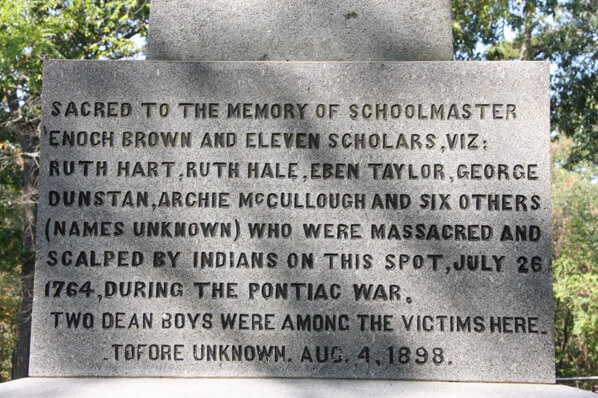
Time has muddled the details somewhat. I found two major narratives. The most common had ten of eleven children perishing in the attack. The eleventh, a young man named Archie McCullough, apparently lost consciousness and came to after the Indians had departed. He purportedly climbed into the fireplace until he was certain the Indians were gone and then made his way to a nearby stream to clean his wounds. He was found there by locals who investigated further and discovered the horror in the schoolhouse. Period reports claimed that the schoolmaster Mr. Brown died with a Bible in one hand trying to protect his charges.
The Rest of the Story
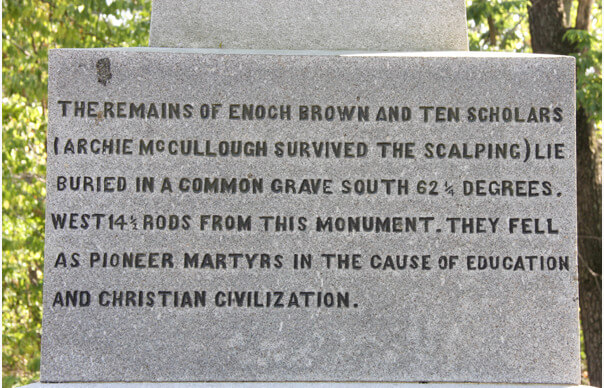
Brown and the ten children were buried in a communal grave. The site was not well marked, and locals feared that its location would be lost. In 1843 the area was excavated and the bodies were discovered. There were indeed ten children and one adult all buried together. There is a granite monument and a well-maintained park commemorating the site today. The names Ruth Hale, Eben Taylor, George Dustan, and Archie McCullough have survived, though the rest of the kids’ names have been lost.
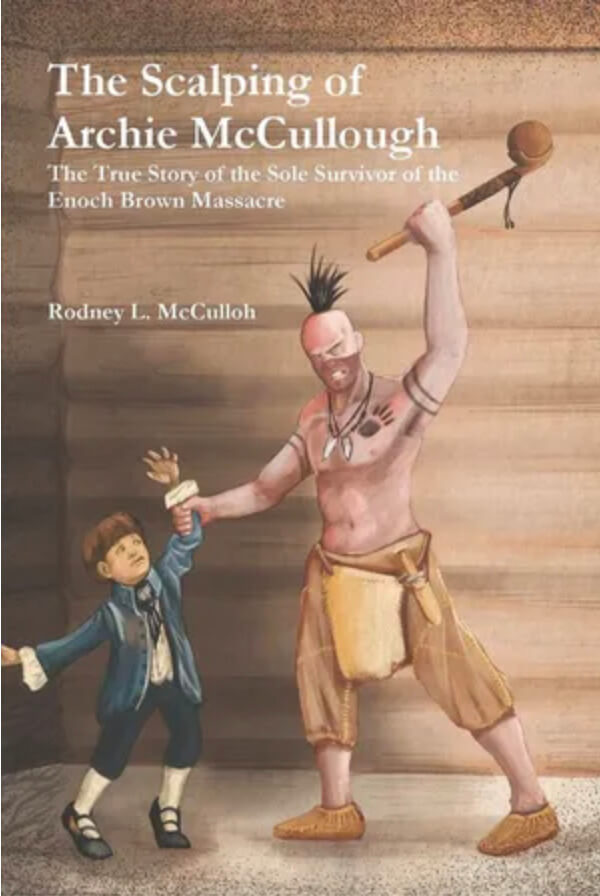
Miraculously, little Archie survived the horrific attack. He recovered physically but was justifiably never quite right afterward. He purportedly married and had a son and daughter. Archie eventually settled in Kentucky, but his trail goes cold in 1810.
A man named John McCullough had been captured by the Delaware Indians and held captive in their camp since 1756. He was apparently a cousin to young Archie McCullough. The elder McCullough was present when the war party returned from their gory foray.
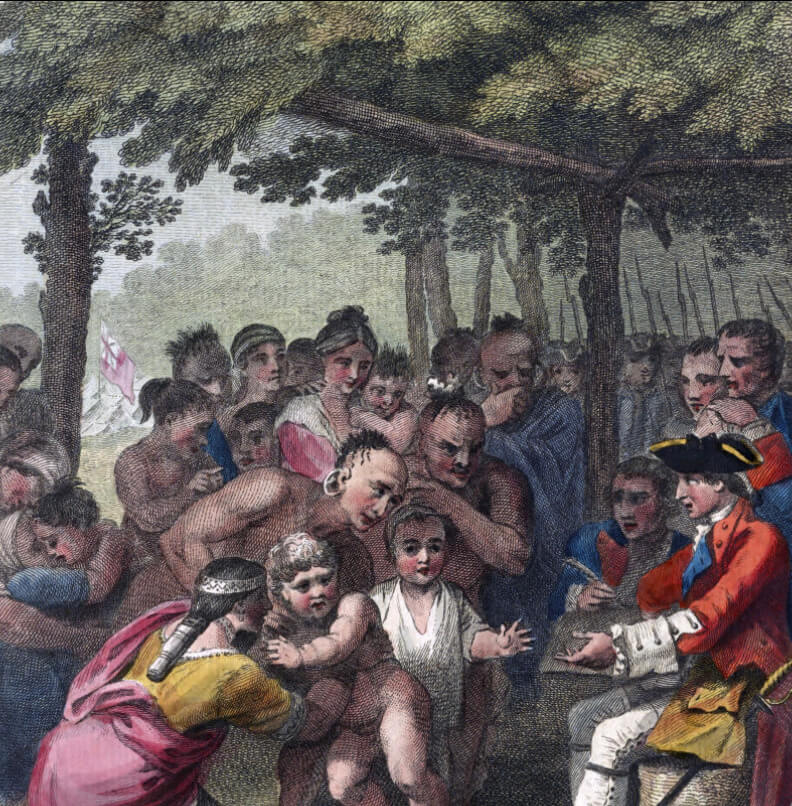
After he was released, McCullough wrote this of their reception, “I saw the Indians when they returned home with the scalps; some of the old Indians were very much displeased at them for killing so many children, especially Neep-paugh’-whese, or Night Walker, an old chief, or half king,—he ascribed it to cowardice, which was the greatest affront he could offer them.”
The Backlash
As you might imagine, when news got around that the Delaware Indians had murdered ten children and a schoolmaster in cold blood, the locals wanted some payback. With the approval of Governor John Penn, the Pennsylvania General Assembly reinstituted the scalp bounty that had previously been in effect during the French and Indian War. This offered $134 for the scalp of any adult male Indian above age ten and $50 for a female, payable by the government in cash.
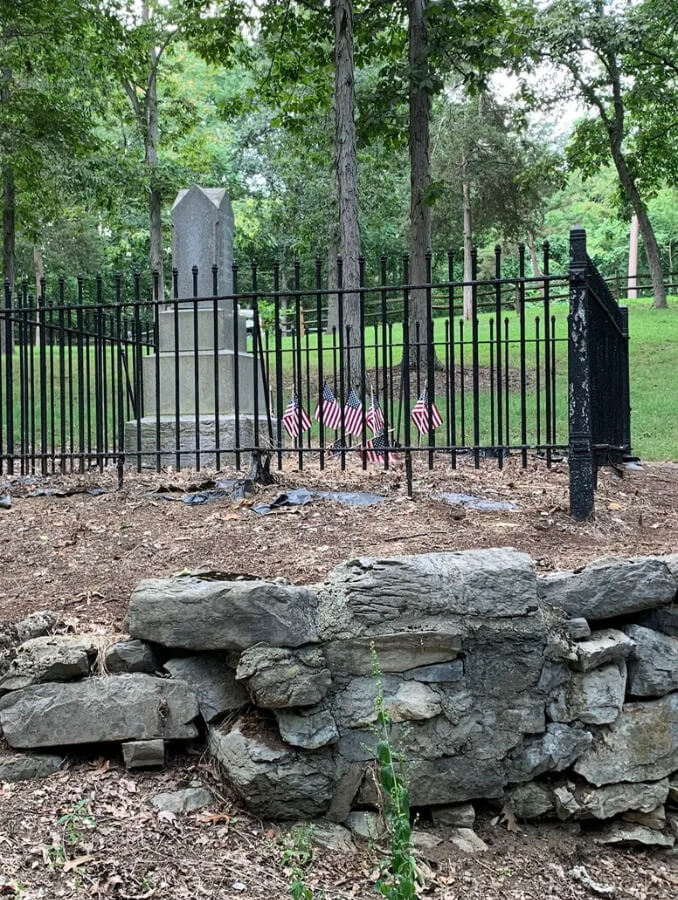
There resulted a fairly unrestrained slaughter by enterprising capitalists who were handy with a gun and adroit at holding a grudge. The entire Conestoga Tribe was wiped out in the aftermath. The pastoral nature of Enoch Brown Park lends no overt insights into the horrors that took place there some 258 years ago.

Of all of Satan’s many diabolical inspirations, I think school shootings might be the worst. That someone might feel somehow justified in taking the lives of innocent children in response to some political insult, social inadequacy, or warped sense of justice simply astounds me.
However, make no mistake, there is nothing new under the sun. People are bad. We always have been. That’s the reason those incredible old guys penned the Second Amendment in there right behind the First.
.png)
Shame on you!

